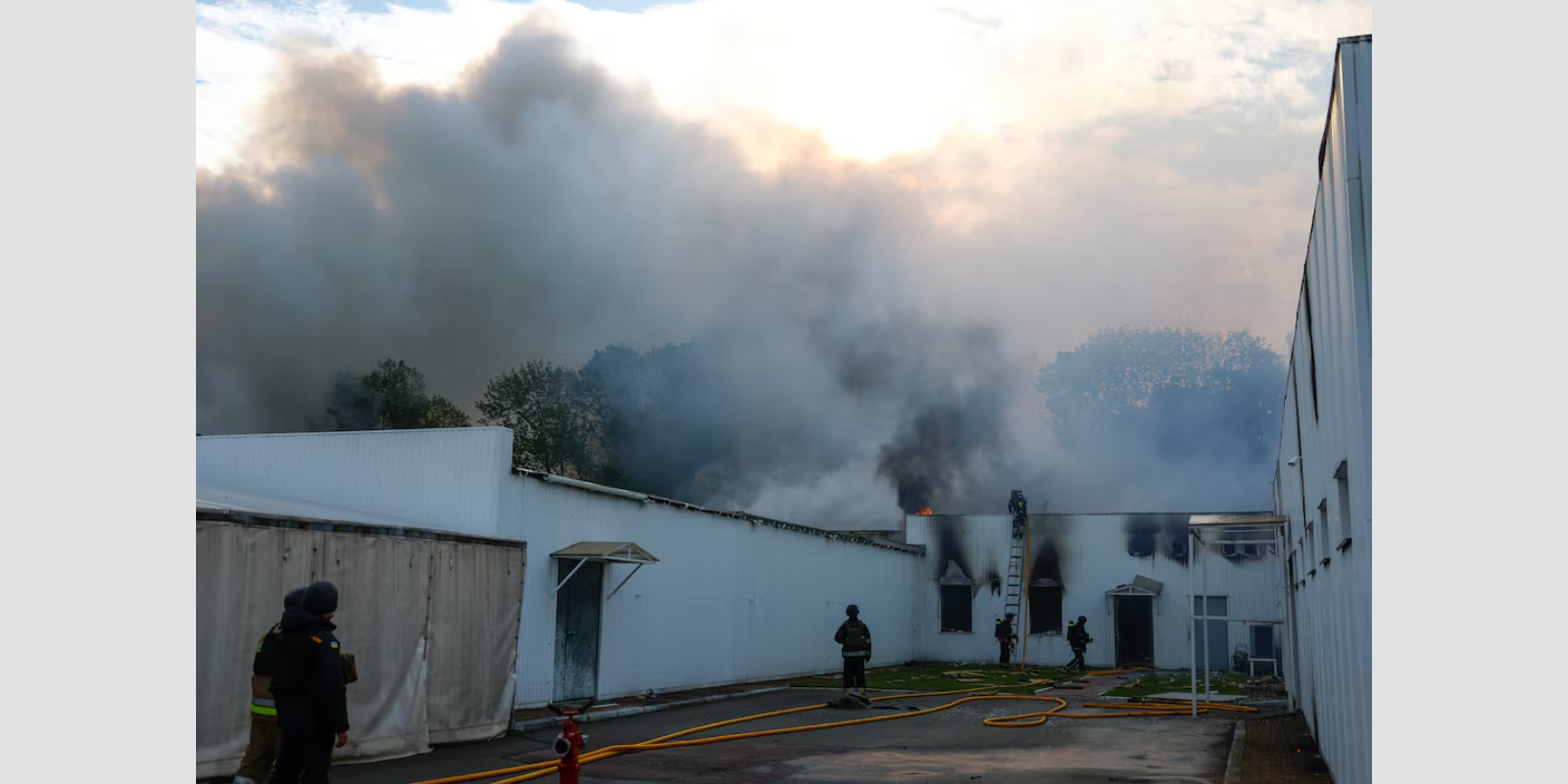The evolution of famine in Gaza,
in maps and chartsFor the first time, catastrophic levels of hunger have been confirmed in the strip
Aug 22nd 2025 ©Economist
AREPORT ON August 22nd confirmed what many observers have long feared: parts of the Gaza Strip are now in famine. Analysis by the Integrated Food Security Phase Classification (IPC), which monitors food crises worldwide, estimates that more than half a million people are already in phase five—characterised by “extreme food deprivation, acute malnutrition and starvation-related deaths”. For now the famine is centred in the governorate of Gaza, one of five in the strip. It is the most densely populated and home to Gaza city. By the end of September, famine is expected to spread south to the governorates of Deir al-Balah and Khan Younis (see maps). The local ministry of health, which is run by Hamas, the militant Islamist group that still controls part of the strip, says more than 270 people have already died of starvation, including more than 100 children. In a statement, Israel’s ministry of defence disputed the hunger-related death toll and rejected the findings of the IPC report. Between early March and mid-May Israel blocked all food aid into the strip. It later set up food-distribution sites in the centre and south of the strip. But these have been bloody and ineffectual; more than a thousand Palestinians have been killed by the Israel Defence Forces (IDF) while approaching the sites, or have been trampled to death while queuing for food. (The IDF disputes the toll and blames Hamas for the chaos.) As reports of starvation and images of skeletal children have multiplied, Israel has allowed in some convoys and airdrops. These fall far short of what is needed. In private, Israel’s generals recently warned Binyamin Netanyahu, the prime minister, that Gaza is on the brink of famine. The recent deterioration in the strip has been swift. In July the number of households reporting that they were experiencing “very severe hunger” was twice that in May, according to UNICEF, the UN children’s fund. Over a third of people said they were going days at a time without eating; adults regularly skipped meals so their children could eat. Since April some 20,000 children have been hospitalised with acute malnutrition. Last month even Donald Trump conceded that there was “real starvation” in the strip. The IPC says that a third of people in the governorate of Gaza are experiencing famine. The current fighting there could make the situation worse: this week the IDF stepped up their operations around Gaza city after Mr Netanyahu approved a plan to seize it. The proposal included the provision of humanitarian aid for civilians outside the combat zone, but few details have been made public. In the governorate of North Gaza conditions are thought to be worse still, though the IPC cannot say, for lack of data. Rafah, in the south, has been largely abandoned. One metric used by the IPC to measure acute malnutrition is the mid-upper-arm circumference of children under five. By this measure some 15% of children in the governorate of Gaza are acutely malnourished, a level consistent with the IPC’s definition of phase four (an emergency) and phase five (a famine). This percentage has doubled every four weeks over the past three months. If current trends continue, more than half of children there could be acutely malnourished by the end of September. The declaration of famine will probably change little on the ground. The food flowing into Gaza is far less than what is needed. Domestic production has collapsed. More than 98% of cropland is damaged or inaccessible. Only 26% of sheep, 34% of goats, 4% of cattle and 1% of poultry have survived the war. Fishing has ceased under Israeli restrictions. Food prices are ruinous: in July they rose by another 25%, pushing the cost of staples to nearly 100 times their level during a February ceasefire and 150 times their pre-war level. It does not help that there is little fuel or clean water with which to cook. A catastrophic situation is getting worse by the day.■







